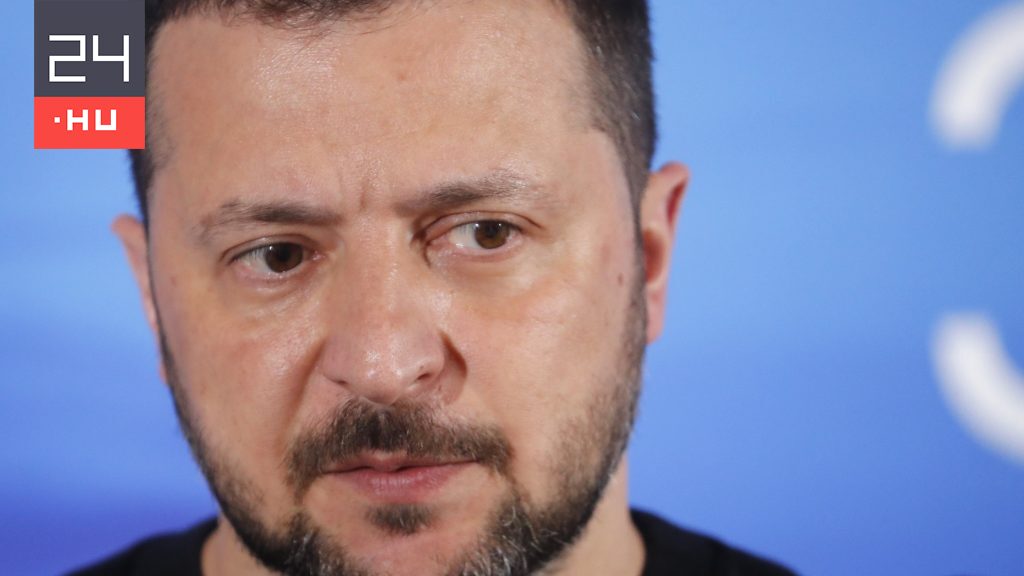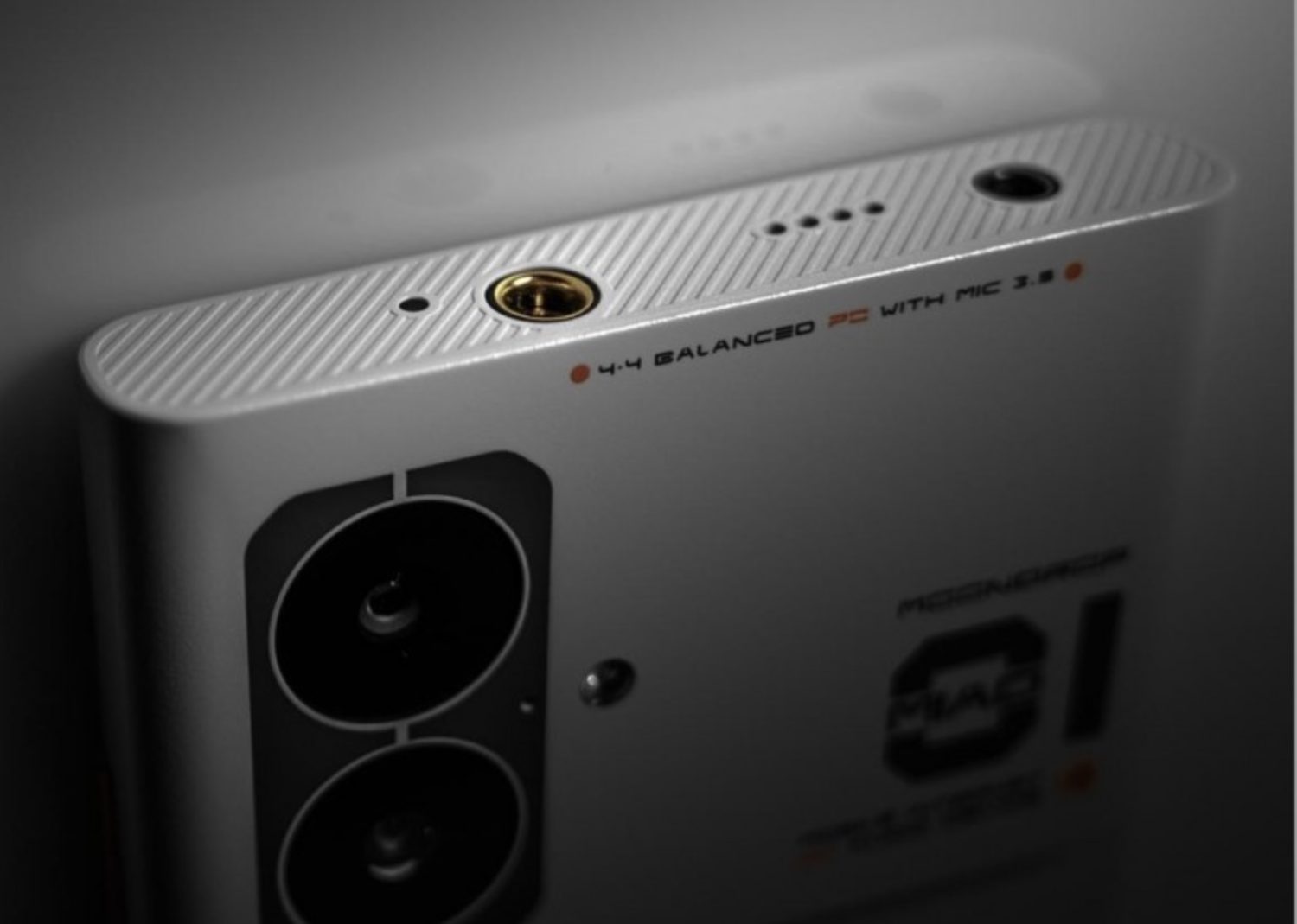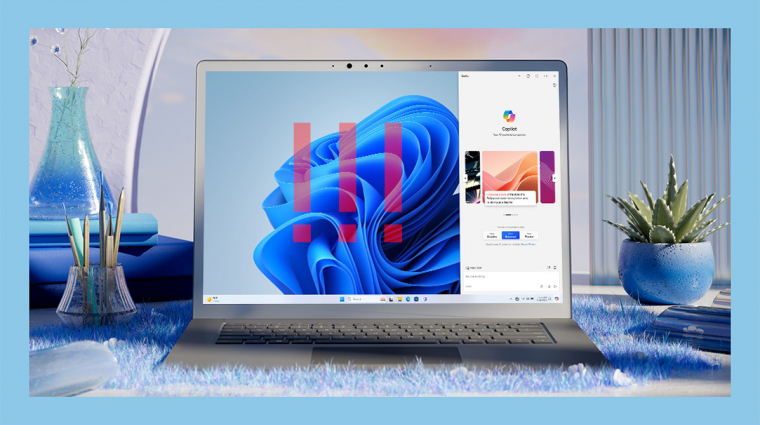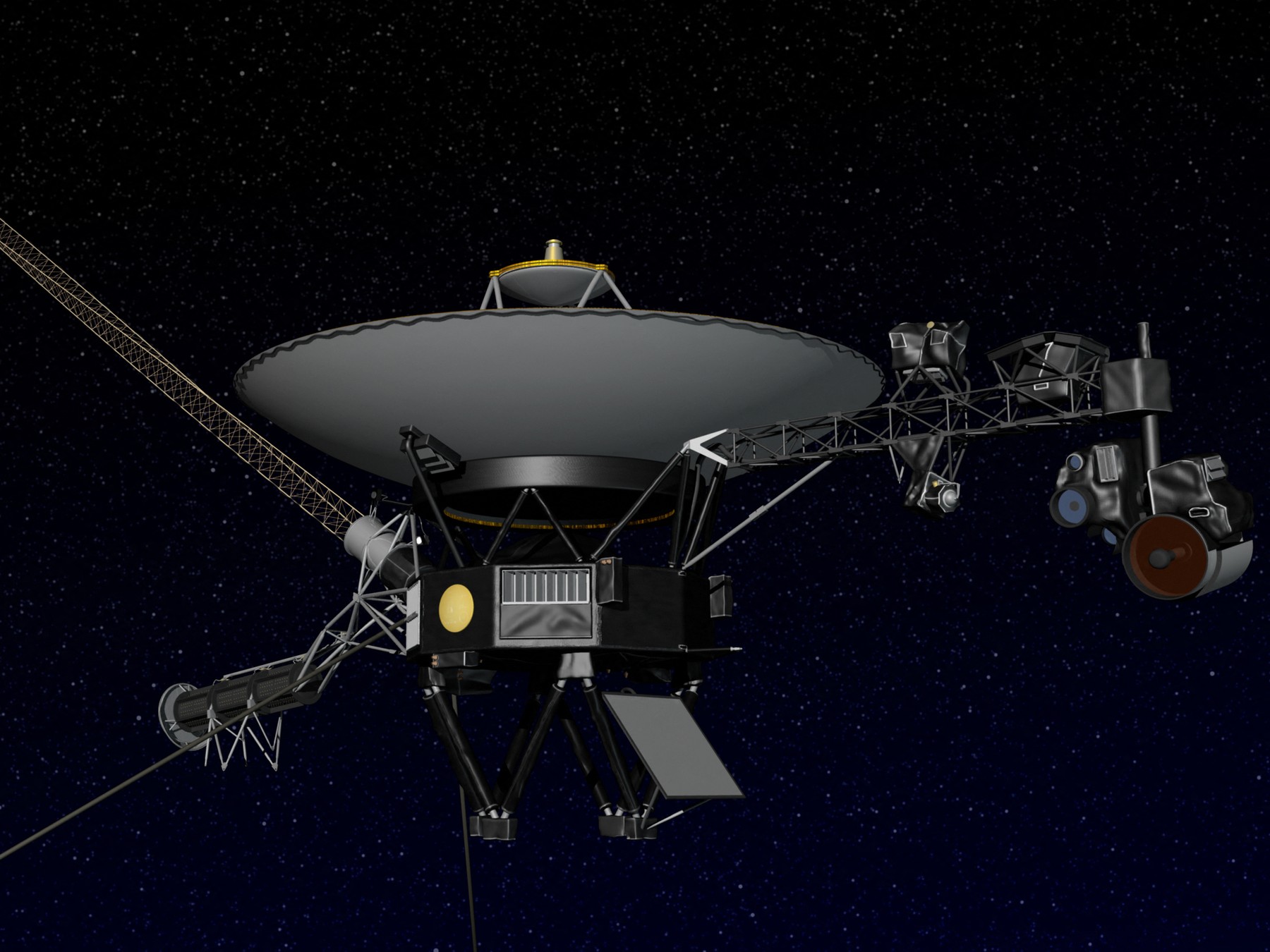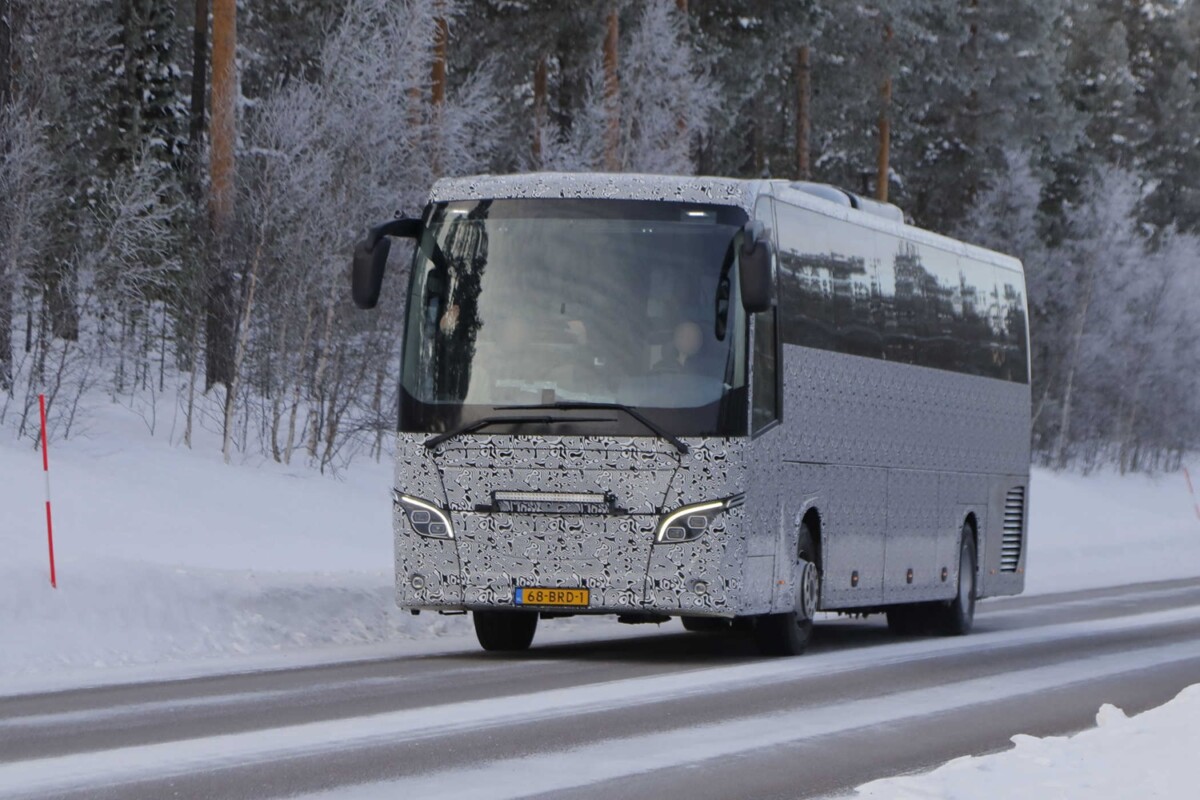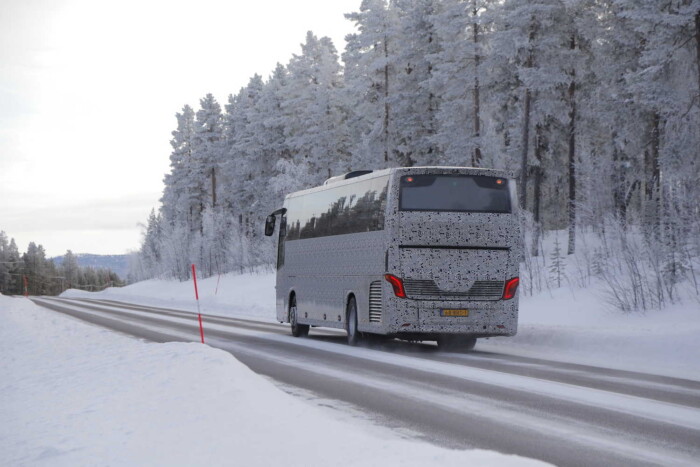A bus was caught on camera driving completely disguised in Sweden. But he said it was not a Swedish company, but rather the Dutch company VDL Vision-mobility.de. According to the center, the new FHD 129 car, which is 12.9 meters long, is expected to be launched with an internal combustion engine, but versions with battery technology and fuel cells may also be produced later.
The novelty is found in Lapland, in the northern part of Sweden, in the city of Arreblog. VDL chose this location because it is ideal for testing in winter conditions. However, after that, there may be a pilot test in a country with a hot climate. Although the camouflage does not appear much, it is still clear that the shape of the body has not changed.
However, in terms of design, there are several changes in which the previous extravagant look has been replaced with a cleaner and more elegant look. This can be inferred from the shape of the headlights. However, the “invisible” B-pillar remains, which visually disappears into the rows of side windows. Not only was the front wall reworked, but the back wall was reworked as well. The design change also includes modification of the taillights of the Citea family of city buses.
Not only the exterior, but also the interior design is undergoing some innovations. For example, the dashboard will be completely renewed, redesigned so that, despite the digital elements, it distracts the driver from the road as little as possible. The seats are expected to be updated as well, and the manufacturer promises more comfortable and attractive seating options.
It can be said that VDL still relies on DAF engines and ZF automatic transmissions to drive the new car. On the other hand, versions with an alternative engine could appear in the range as early as next year. The new FHD 129 is expected to be launched in the fourth quarter of 2024.
The roots of this type can be traced back to the Futura system introduced by Bova in 1982. At that time, this type stood out from the long-distance bus category by its rounded front wall resembling the “prow of a ship”. Since then, she has undergone several generations and plastic surgeries.
source: Vision-mobility.de
Image source(s): Vision-mobility.de








